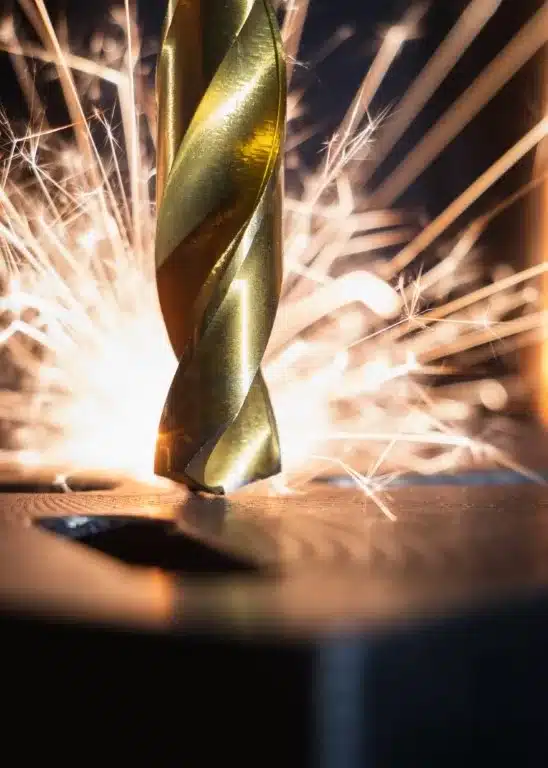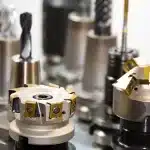When it comes to expanding your business, the two most common routes are to form new partnerships or to seek financial opportunities that can support growth. One such financial opportunity that is often overlooked is the R&D tax credit. This is a significant incentive offered by the U.S. Government to encourage companies to carry out research and development (R&D) activities within the country. In this blog, we will discuss why choosing R&D tax credits could be a more advantageous move than forming new partnerships.
Understanding R&D Tax Credits
R&D tax credits are designed to help businesses offset some of the costs associated with R&D activities. The credit is not limited to companies conducting laboratory research. Many companies in various sectors qualify for these credits, including aerospace, machine shops, manufacturing, software, engineering, agriculture, and many more. The primary requirement is that the company must be engaged in activities that meet the 4-part test laid out by the IRS, i.e., the activities must be technological in nature, must be intended to eliminate uncertainty, must involve a process of experimentation, and must be aimed at creating new or improved business components.
R&D Tax Credits Vs New Partnerships
Forming new partnerships can indeed open doors to new markets, shared resources, and expanded capabilities. However, it also involves shared profits, risk of misaligned objectives, and potential loss of control over your business. On the other hand, R&D tax credits provide financial benefits without these potential downsides. Furthermore, the financial relief provided by these tax credits can be reinvested into your business for further development and expansion.

The organizational, operational, and cultural significance of enlisting AI for performance measurement is difficult to overstate.
– MIT Slan Management Review
Maximizing R&D Tax Credits
To make the most of R&D tax credits, it’s essential to accurately track and document all qualifying activities and expenses. This includes employee wages, supply costs, and contract research expenses. For larger and more complex claims, automating this process can significantly reduce the time and effort required, while also ensuring accuracy and compliance.
The Future is Now Automation and R&D Tax Credits
Artificial Intelligence (AI) and automation are now being used to facilitate the claiming of R&D tax credits, replacing traditional manual methods. This not only saves time but also increases precision and ensures the inclusion of all qualifying activities and expenses. The future of R&D tax credits is here, with AI and automation leading the way.
Get your Estimate
Interested in finding out how much your R&D Tax Credit can be? Click the button below to get an estimate. Remember, investing in R&D today could mean significant tax savings for your business tomorrow.

 - EN
- EN  - EN
- EN


